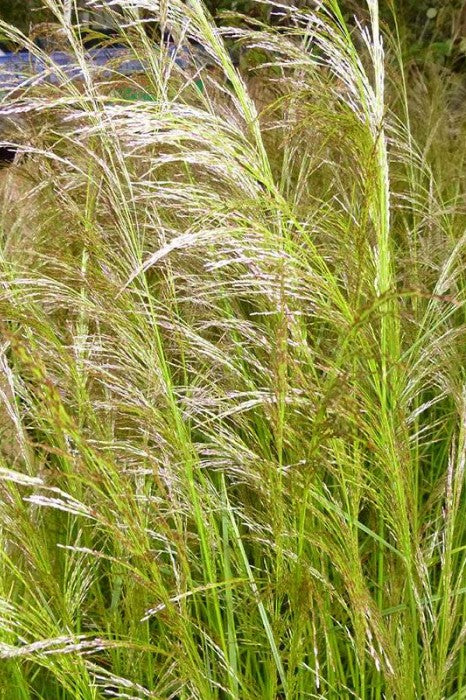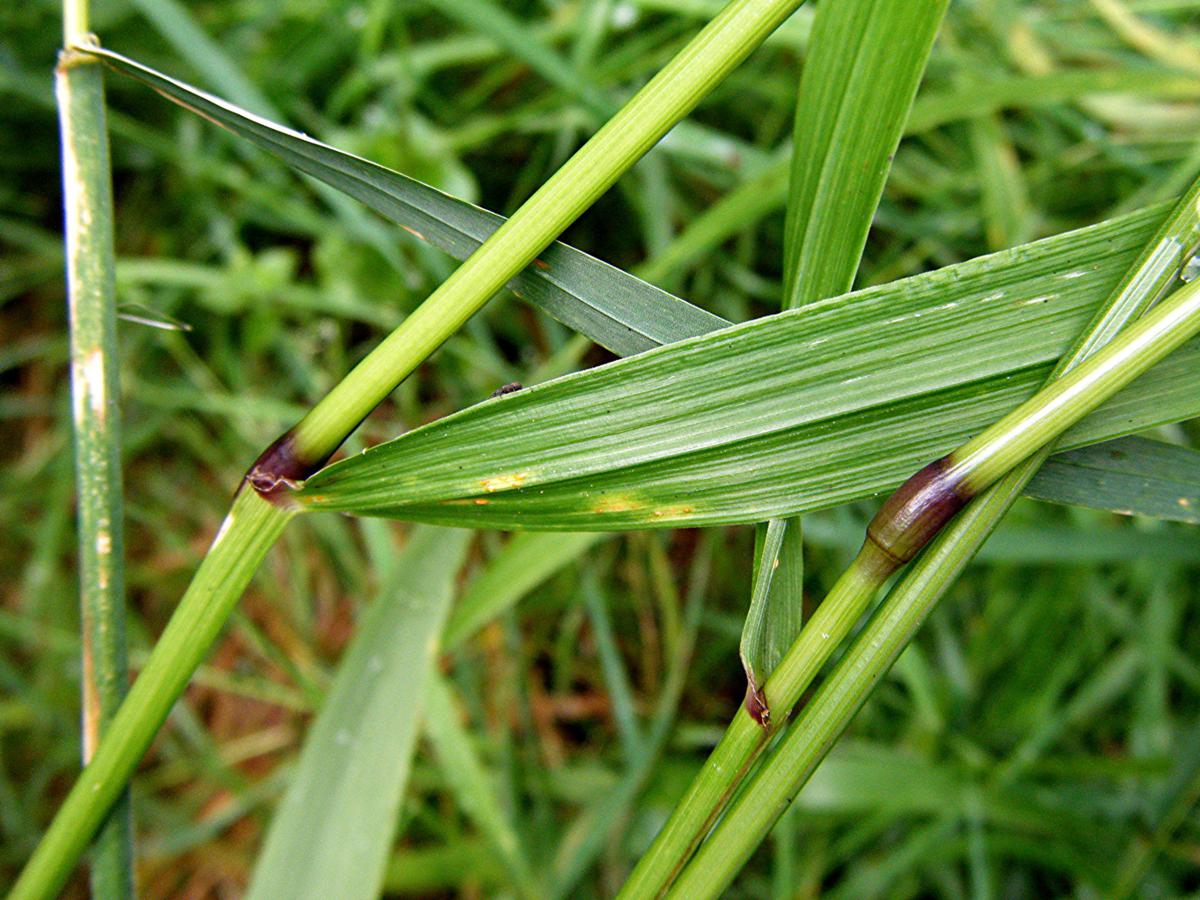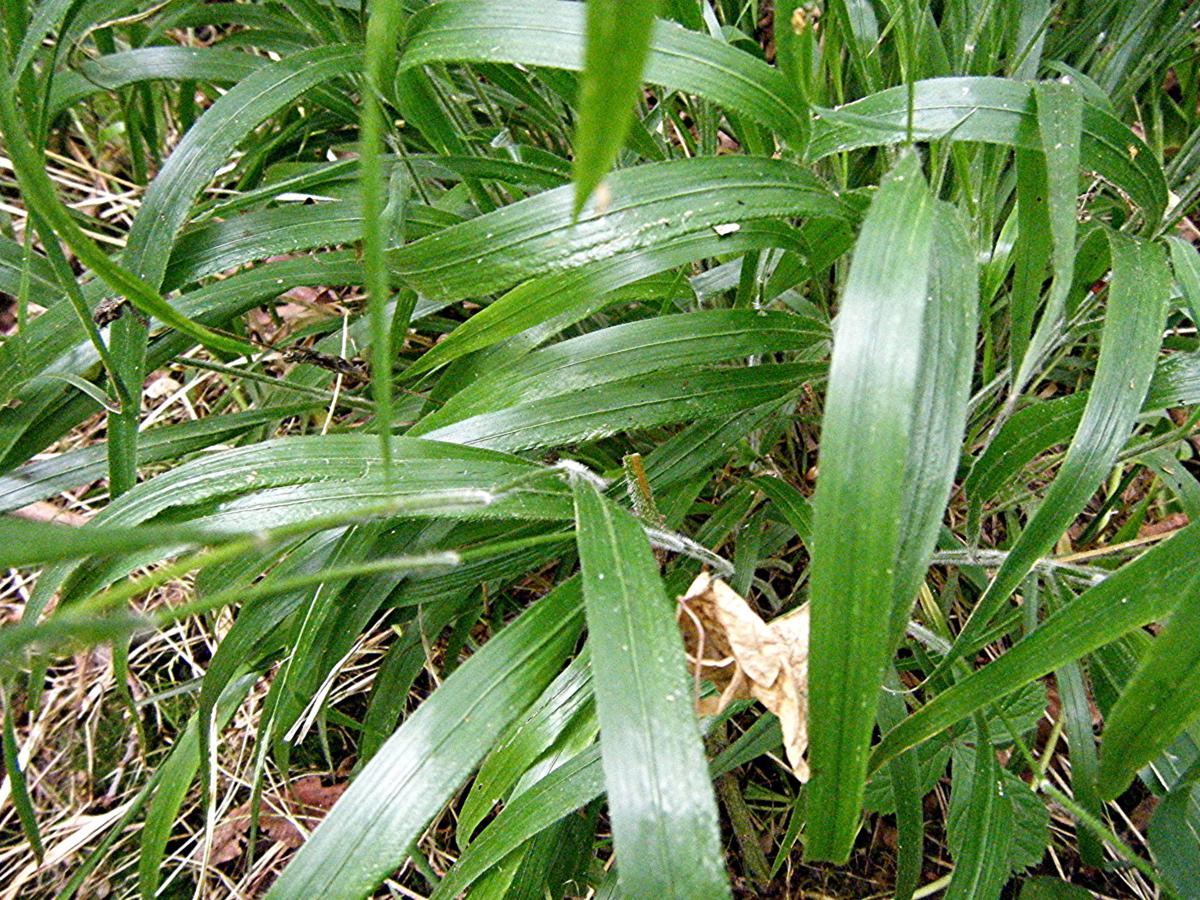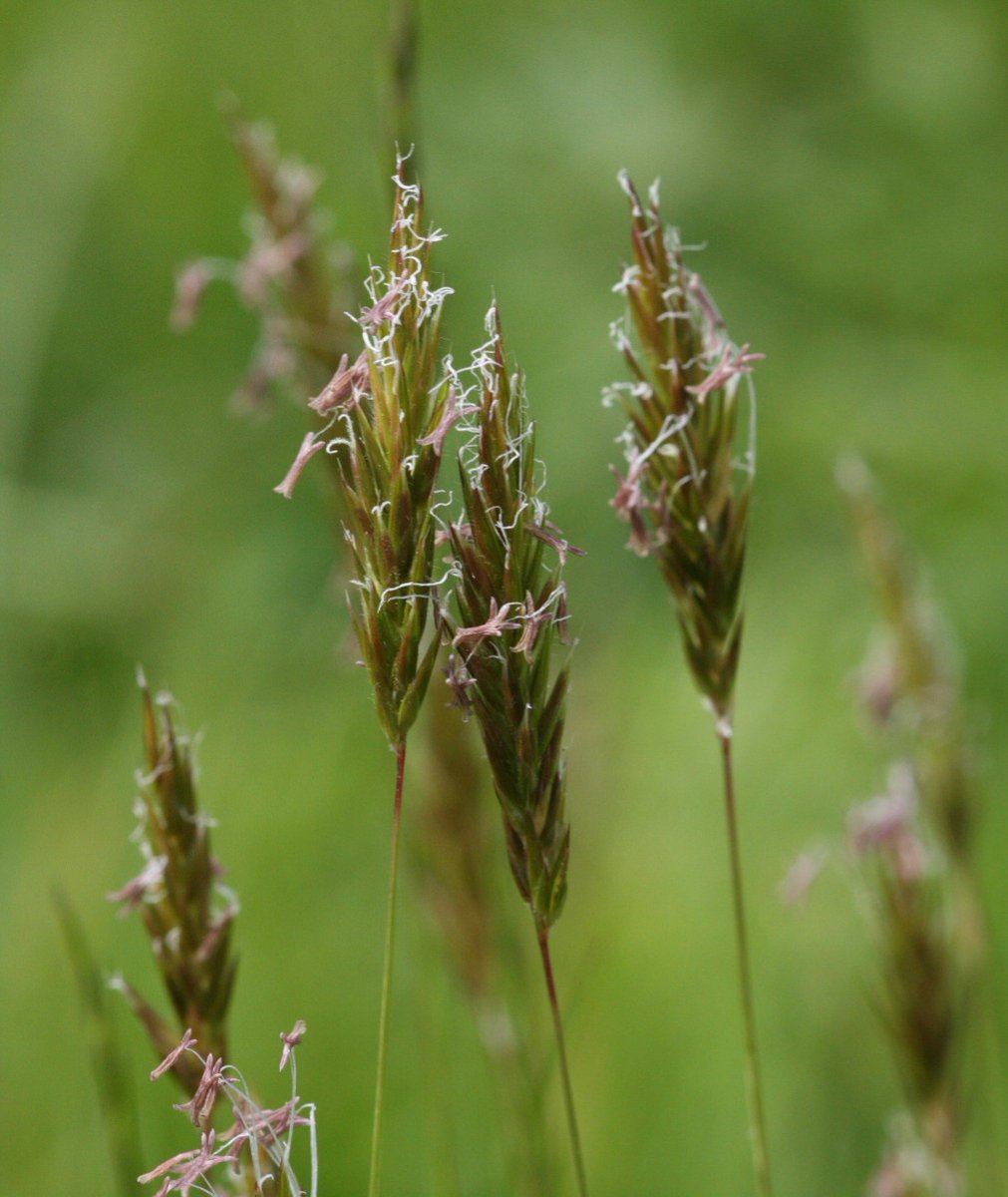This is a good time to revise the common grasses, while there is still time to go out and collect any that you have missed. We’ll start with Woodland Grasses, because there have all flowered by now. 

They are in 5 categories: Tall upright, Tall droopy, Short upright, Short droopy and Acid pine woods. So that you can treat this as a self-assessment quiz, they are numbered, and you can write their names as we go along. You can check out the names at the end of the thread. 

There you are. Enjoy. Answers later.
• • •
Missing some Tweet in this thread? You can try to
force a refresh

 Read on Twitter
Read on Twitter















































